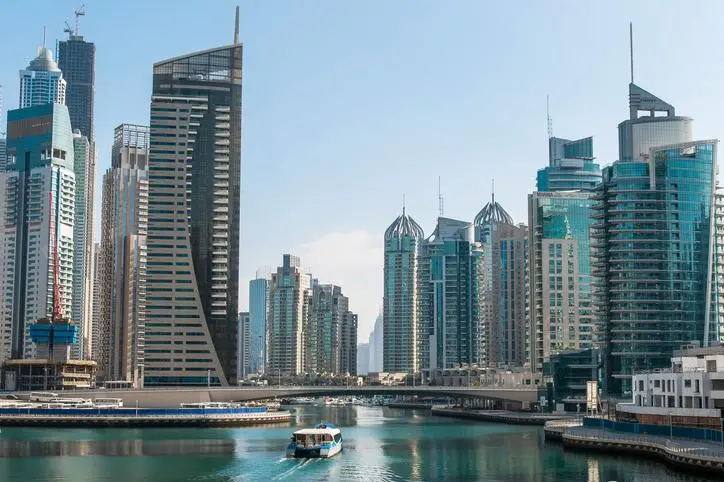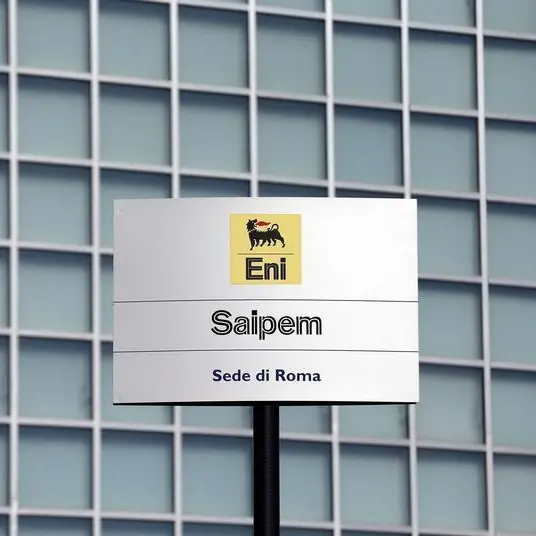PHOTO
The reinsurance market in the Middle East and North Africa region is suffering from a lack of profitability caused by ongoing overcapacity in the global reinsurance market, participants at this year's Dubai World Insurance Congress heard.
In a panel debate at the event, Farid Chedid, the chairman and CEO of Chedid Capital, said: "The state of the reinsurance market in the region is very competitive. There is competition across all classes and all lines of business.
"If you look at the property or engineering class of business, the property class has been for the last 10 years losing money for reinsurers - and even for insurance companies. These two lines of business are supposed to be much more profitable, but they are not. And the reason for this is excess capacity from international reinsurers," Chedid added.
He said that other lines of business, including casualty or financial reinsurance, have also witnessed declining rates, and although these have not suffered as much in terms of losses, they are "long tail" businesses where claims can take much longer to materialise.
"We need to see in a number of years whether the business written a few years back was profitable or not," he said.
Easy money
During one of the Congress's keynote speeches, David Watson, the chief executive of reinsurer Axa XL's Europe, Middle East and Africa division, said that the industry had "produced excellent growth and returns on capital" between 2007-16 - a period which had been "unusually benign" in terms of catastrophe insurance claims.
This led to more capital flooding into to the sector, as investors were attracted by typically high returns in a sector that is uncorrelated to other asset classes.
Watson said that the amount of "traditional" capital funding the catastrophe risk market grew by 35 percent between 2006 and 2018, but has remained flat at around $500 billion since 2014. However, “alternative capital” investment into the sector – including everything from sovereign wealth funds to pension funds and high net-worth investors - has continued to play a growing role. Alternative capital provided 4 percent of total reinsurance capital in 2006, but this had climbed to 17 percent by the end of September 2018, despite what Watson described as "two of the worst catastrophe years in history" in terms of insured losses faced by underwriters of catastrophe insurance policies in 2017 and 2018.
A Reinsurance Market Outlook Report published by Aon in January estimated insured catastrophe losses over the past two years reached $230 billion globally, and although the bulk ($147 billion) of this occurred in 2017, the $85 billion of insured losses experienced last year were still considerably higher than the $47 billion average rate experienced from 2000-17.
Aon said it expected a slight decline in global reinsurance capital for 2018 of $595 billion, down 2 percent on the $605 billion of capital attracted in 2017. However, funding from alternative capital sources had continued to grow by 11 percent last year, to $99 billion.
"In the region, we are a victim of what is going on in the rest of the world," Chedid said. "The results of reinsurers in the (United States), Europe (and) in Japan, affect us here in the region. If they lose money in the U.S, they want to improve the results in the Middle East, or try to push for better results in the Middle East. This is something that is very difficult for the market to accept, and it's very difficult ultimately for the end-consumer. Because when there is a hardening (of rates) and you tell them there was a hurricane in the U.S., so you have to pay more for your motor insurance or your property insurance in Dubai or in Riyadh, it's difficult to accept or to understand," he said.
However, Eric Lafage, market manager for reinsurer Scor Global's property and casualty (P&C) insurance business, said that the nature of the reinsurance market meant "it's a give and take" business when it comes to spreading risk.
Spreading the risk
"The thing is, when there is a major loss here in this region, you benefit from mutualisation from reinsurers from their book elsewhere," he argued.
Peter Englund, head of commercial insurance for Zurich's Middle East arm, said that he saw the potential for reinsurance rates to begin hardening in some areas.
"Sometimes, we use this term when we say it's a 'soft-hard' market," he said.
He added that his firm has stated that it expects reinsurance rates to harden in the construction industry, for instance.
"We see where the construction market is at the moment is not sustainable," he said. He argued that this does not mean a hardening of rates across the market, “but I would say on loss-prone portfolios we see pressure on rates”.
In terms of the placement of risks, Zayd Faris, the chief operating officer of Fenchurch Faris, said “the UAE is developing into quite a good hub”.
“I think maybe some of our industry colleagues in London are seeing some business slip away from them and it being placed right here - whether in the local market or in the DIFC (Dubai International Financial Centre)," Faris said. He added that the DIFC, particularly, was growing capacity as an increasing number of managing general agents are operating in the market.
"I see some placements, a lot of placements, not just for the UAE but for the region, being done right here in the UAE. That will never make London irrelevant - London definitely has its place as a global centre for reinsurance, especially for the speciality markets," he added.
But he said the amount of London-based brokers or syndicates looking at the Dubai market was a sign of its progress.
Chedid said that Dubai "is definitely established as the hub for the region" and was now looking to become a multi-regional hub, with many of its brokers looking to extend into Africa and other Asian markets.
Competing claims
Yet Simon Isgar, head of insurance and reinsurance at law firm BSA Ahmad Bin Hezeem & Associates, said that DIFC has "a bit of competition" - both from Qatar, which allows firms to operate both onshore and offshore - and from the Abu Dhabi Global Market.
In another major keynote speech at the conference, James Vickers, chairman of Willis Re International, argued that one way the problem of excess reinsurance capital could be solved was for the industry to tackle the problem of underinsurance, and to develop new product lines targeting low-income customers for personal lines business.
He also said that in the commercial market, insurers need to develop products that reflect the needs of modern businesses, such as technology –light asset firms.
He suggested that non-material damage, business interruption and cyber-attack coverage could all be lines developed further by the industry, alongside insurance of climate-related risk, given that many large organistions have begun reporting climate-related financial disclosures.
"Related to this is the rating agencies," Vickers said. “New corporate rating models will include now both sustainability of business and also physical risk.”
He said that if a ratings agency attaches a lower rating to a company's debt because it feels climate-related risk is not properly addressed, its CFO is “going to be very, very interested in any solution” offered by the industry.
(Reporting by Michael Fahy; Editing by Mily Chakrabarty)
Our Standards: The Thomson Reuters Trust Principles
Disclaimer: This article is provided for informational purposes only. The content does not provide tax, legal or investment advice or opinion regarding the suitability, value or profitability of any particular security, portfolio or investment strategy. Read our full disclaimer policy here.
© ZAWYA 2019











